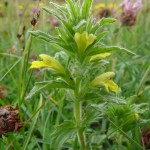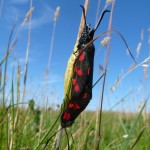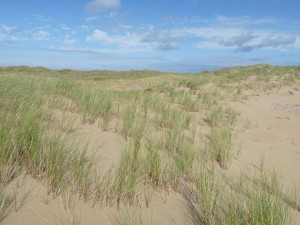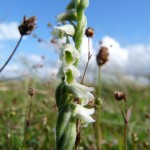Client: National Parks & Wildlife Service
Sand dunes comprise some of Ireland’s most natural habitats and are of cultural and economic significance. Sand dune habitats are dynamic and delicate, and can be threatened by coastal protection, amenity use, changes in farming practices and abandonment of agricultural land. Under Article 17 of the EU Habitats Directive, Ireland is obligated to monitor and assess the conservation status of Annex I habitats. BEC Consultants conducted the Monitoring Survey of Annex I sand dune habitats in Ireland from 2011 to 2013. The National Parks and Wildlife Service selected 40 sites as a representative monitoring sample. These sites contained a substantial proportion of the total national resource for each habitat as assessed during the Coastal Monitoring Project (Ryle et al. 2009). The methodology used to collect and analyse data for conservation assessment was based on that used in the Coastal Monitoring Project, with some refinements.
The survey focussed on ten Annex I habitats:
- 1210 Annual vegetation of drift lines
- 1220 Perennial vegetation of stony banks
- 2110 Embryonic shifting dunes
- 2120 Shifting dunes along the shoreline with Ammophila arenaria (white dunes)
- *2130 Fixed coastal dunes with herbaceous vegetation (grey dunes)
- *2140 Decalcified fixed dunes with Empetrum nigrum
- *2150 Atlantic decalcified fixed dunes (Calluno-Ulicetea)
- 2170 Dunes with Salix repens spp. argentea (Salicion arenariae)
- 2190 Humid dune slacks
- *21A0 Machairs
The conservation status of each Annex I sand dune habitat present within each site was assessed, with the exception of the two dune heath habitats, for which only the area and impacts were noted. The results of this survey fed into Ireland’s 2013 reporting input under Article 17 and enabled a national assessment to be made of the conservation status of these Annex I sand dune habitats. Individual reports describing the condition of sand dune habitats at each site were written in order to aid NPWS staff. An overarching report detailing the methodology used and main findings of the survey was also produced and is available for download below.
Publications
- Delaney, A., Devaney, F.M, Martin, J.M. and Barron, S.J. (2013). Monitoring survey of Annex I sand dune habitats in Ireland. Irish Wildlife Manuals, No. 75. National Parks and Wildlife Service, Department of Arts, Heritage and the Gaeltacht, Dublin.
- Michael Viney’s article “Another life: Shoreline shifts as tides come to reclaim loaned land” from the Irish Times, 18th January 2014, discusses the Sand Dune Monitoring Survey.

Yellow Bartsia (Parentucellia viscosa) in a dune slack at Banna strand, Co. Kerry, photo by Aoife Delaney

Six-spot Burnet moths (Zygaena filipendulae) in fixed dunes at Rincleven, Co. Donegal, photo by Aoife Delaney

